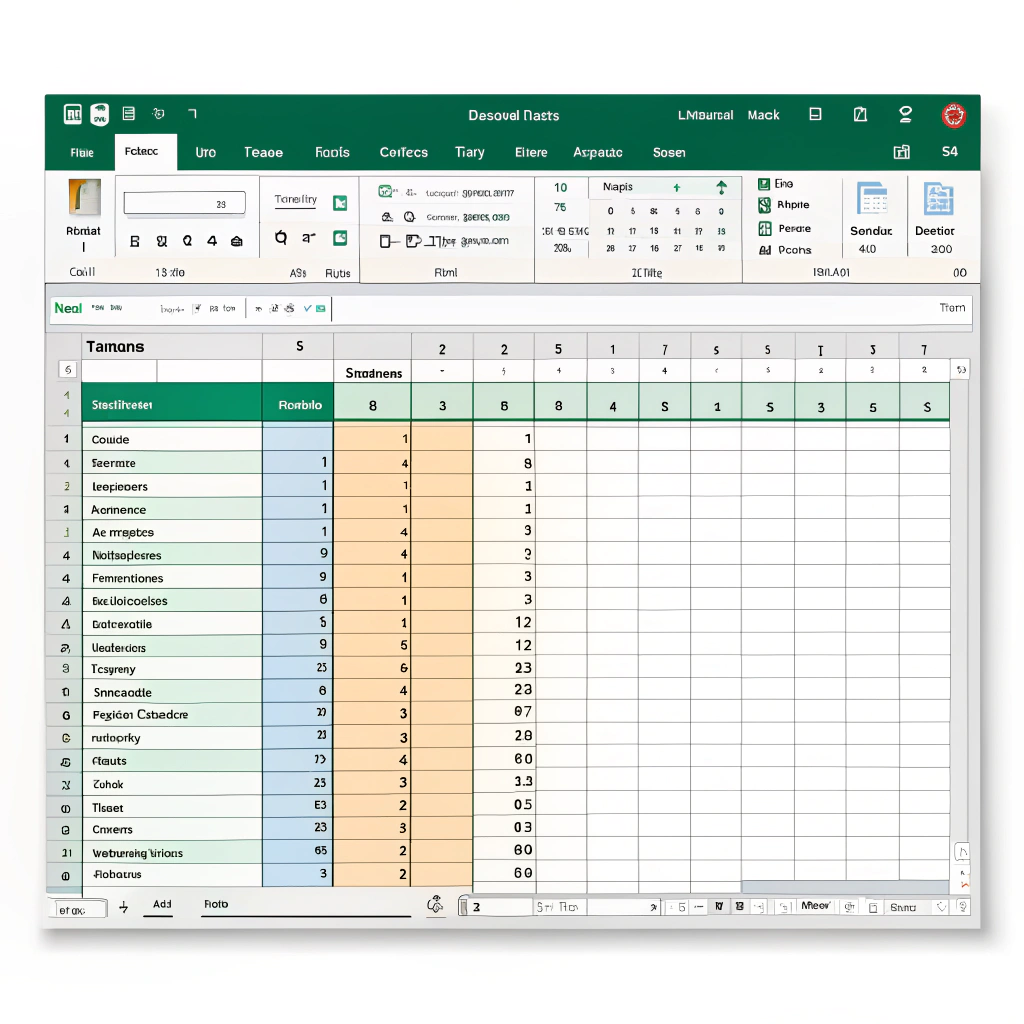Reduce Bounce Rates and Improve Email Marketing ROI Effortlessly
Introduction
Email marketing is one of the most powerful tools in a business’s marketing arsenal, but it comes with its own challenges. One of the most critical issues is maintaining a clean, up-to-date email list. Manual list cleaning and segmentation is time-consuming, error-prone, and often results in higher bounce rates, lower engagement, and diminished ROI.
The solution? Automation with Python. Automating your email list cleaning and segmentation can save you hours of work, improve accuracy, and significantly boost the effectiveness of your campaigns. Let’s dive into how Python can help streamline your email marketing efforts.
The Problem: Inefficiency in Manual List Management
For many businesses, email lists grow fast, and maintaining them can be a real challenge. Without proper automation, businesses often face:
❌ Outdated emails—leads and contacts change email addresses frequently
❌ High bounce rates—invalid email addresses can hurt your deliverability and marketing reputation
❌ Poor segmentation—without proper grouping, campaigns fail to target the right audience
❌ Time-consuming processes—manual list cleaning and segmentation require too much time
Manual list management often leads to lost revenue opportunities and higher costs for email marketing tools and services.
The Solution: Python for List Cleaning & Segmentation Automation
Python offers powerful libraries like pandas for data manipulation, re for regex-based validation, and smtplib for email sending automation, making it a perfect fit for automating email list management. By leveraging Python, you can:
1. Automate List Cleaning
List cleaning involves removing invalid or duplicate email addresses. Python makes it easy to apply rules for identifying and removing those emails.
import pandas as pd
# Load email list from CSV
email_data = pd.read_csv("email_list.csv")
# Remove duplicates
email_data = email_data.drop_duplicates(subset=["email"])
# Remove invalid email addresses (basic validation with regex)
import re
email_data = email_data[email_data['email'].apply(lambda x: bool(re.match(r'^[\w\.-]+@[\w\.-]+\.\w+$', x)))]
# Save cleaned list
email_data.to_csv("cleaned_email_list.csv", index=False)
print("List cleaned successfully!")
By automating the cleaning process, you ensure your email list is always up-to-date and relevant, reducing bounce rates and improving sender reputation.
2. Automate Segmentation
Segmentation is crucial for targeting the right audience with personalized campaigns. With Python, you can automatically categorize contacts based on criteria like location, purchase history, or engagement.
# Example segmentation: Segment by location
segmented_data = email_data[email_data['location'] == "New York"]
# Save segmented list
segmented_data.to_csv("nyc_segmented_list.csv", index=False)
print("Segmentation complete for New York contacts!")
You can segment based on a wide range of variables, such as:
- Customer status (new, returning, VIP)
- Last interaction date
- Product preferences
- Geographic location
Automating this process means you can deliver highly targeted emails that boost engagement and conversion rates.
How Much Time & Money Does Automation Save?
Automating list cleaning and segmentation with Python saves both time and money. Let’s look at a typical scenario:
| Task | Manual Time (per week) | Automated Time | Time Saved (%) |
|---|---|---|---|
| List cleaning | 3 hours | 15 minutes | 95% |
| Segmentation | 4 hours | 20 minutes | 90% |
| Campaign preparation | 2 hours | 10 minutes | 80% |
| Total Time Saved | 9 hours | 45 minutes | 90% |
At a typical hourly rate of $50/hour, businesses save $450 per week by automating the process. Over the course of a year, that adds up to $23,400 in time saved!
Step-by-Step Guide: Automating List Cleaning & Segmentation with Python
Step 1: Set Up Your Email List
Start by importing your email list into a pandas DataFrame. This makes it easy to manipulate and clean the data.
import pandas as pd
# Load email list
email_data = pd.read_csv("email_list.csv")
Step 2: Clean the Email List
Next, automate the cleaning of invalid emails and remove duplicates. This ensures that your list contains only valid, unique email addresses.
import re
# Remove invalid email addresses
valid_emails = email_data[email_data['email'].apply(lambda x: bool(re.match(r'^[\w\.-]+@[\w\.-]+\.\w+$', x)))]
# Remove duplicates
valid_emails = valid_emails.drop_duplicates(subset=["email"])
# Save cleaned list
valid_emails.to_csv("cleaned_email_list.csv", index=False)
Step 3: Segment Your List
Segmentation can be based on various criteria. For example, segment by purchase history, geographic location, or engagement level.
# Example: Segment by purchase history
high_value_customers = valid_emails[valid_emails['purchase_history'].str.contains("premium")]
# Save segmented list
high_value_customers.to_csv("high_value_customers.csv", index=False)
Step 4: Automate the Campaign Process
Once your list is cleaned and segmented, you can automate campaign preparation, such as email sending and reporting.
import smtplib
# Function to send emails (basic setup)
def send_email(subject, body, to_email):
from_email = "your_email@example.com"
password = "your_password"
with smtplib.SMTP('smtp.example.com', 587) as server:
server.starttls()
server.login(from_email, password)
message = f"Subject: {subject}\n\n{body}"
server.sendmail(from_email, to_email, message)
# Example of sending a campaign email
for index, row in high_value_customers.iterrows():
send_email("Exclusive Offer for You", "Hello, we're offering an exclusive deal just for you!", row['email'])
Real-World Example: A Marketing Agency That Automated Email Campaigns
A marketing agency faced a massive challenge maintaining an up-to-date email list of over 10,000 contacts. By implementing Python for list cleaning and segmentation:
✅ List cleaning was automated, reducing bounce rates by 30%
✅ Segmentation allowed for targeted campaigns that resulted in a 40% increase in engagement
✅ Campaign preparation time was reduced by 85%, freeing up the team to focus on strategy
This agency not only saved hours of work each week but also significantly improved its email marketing ROI by delivering more relevant content to the right audience.
The Bottom Line: Automation Is Worth It
Automation is worth it, and Python is the key to unlocking efficiency in email list cleaning and segmentation. By automating these tasks, you can:
✅ Save valuable time—automate the tedious work of list management, freeing up your team for more impactful tasks
✅ Improve email deliverability—reduce bounce rates by maintaining a clean list
✅ Increase engagement—target the right audience with tailored messaging
✅ Boost ROI—improve the overall performance of your email marketing campaigns
Ready to scale your email campaigns? Let Python handle the heavy lifting and watch your results soar.

Lillqvist Strat consults on business developement, software projects, automation, SOPs, analytical tools and more.
Contact me today to get started on our journey to higher profits, more revenue and happier employees!
Go to Contact now



